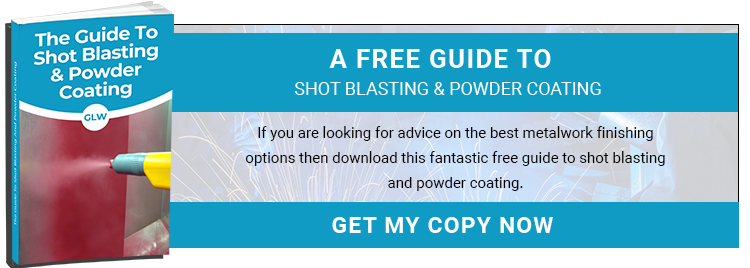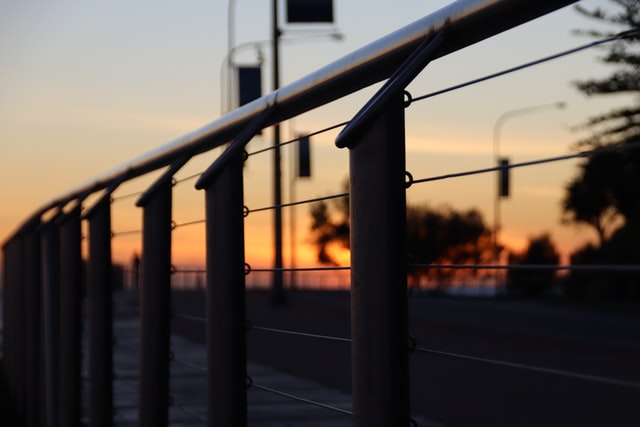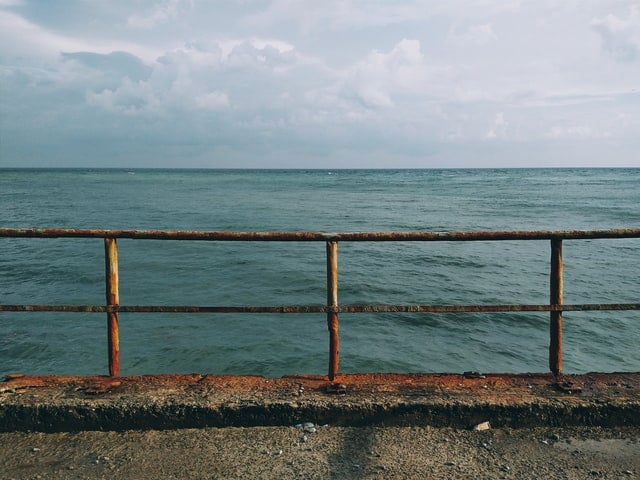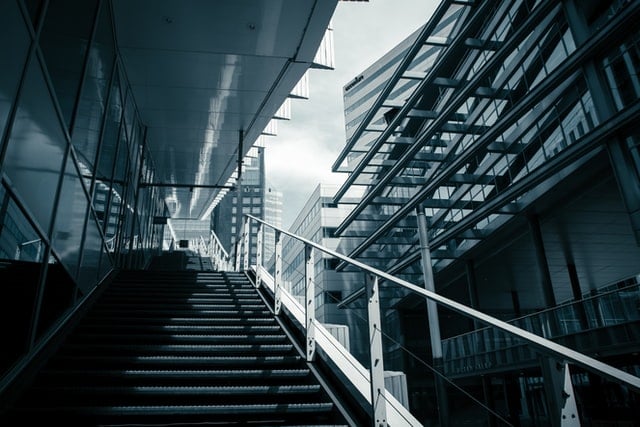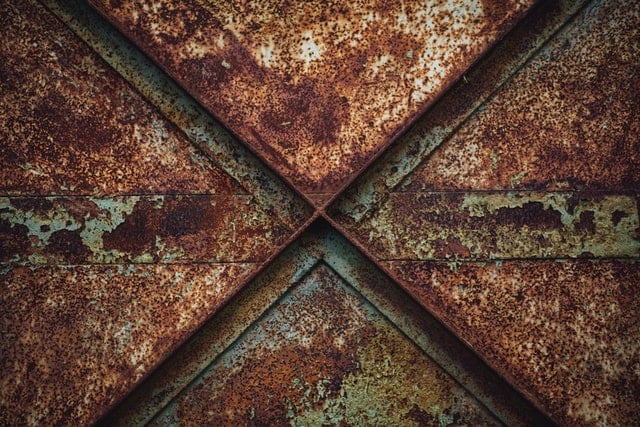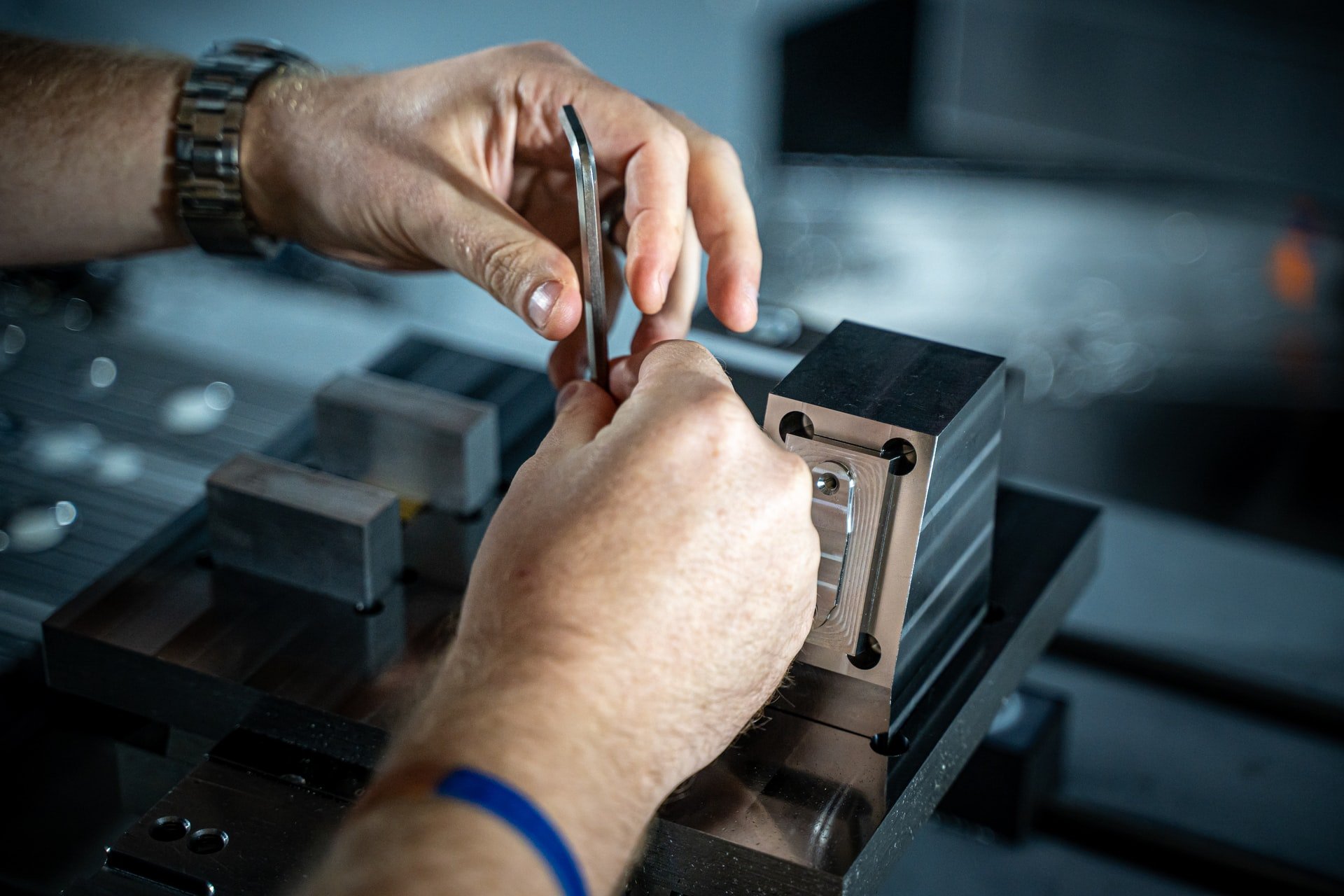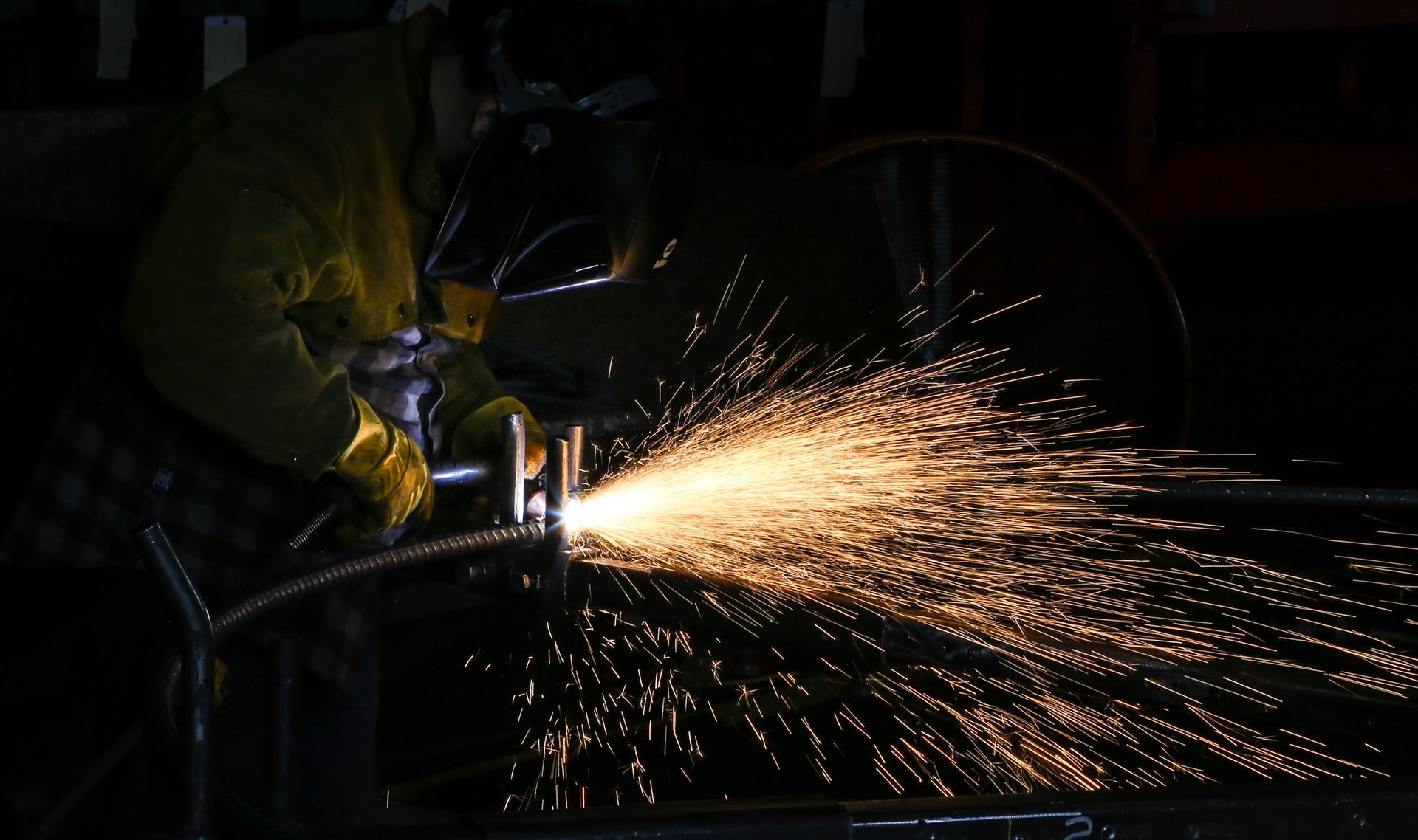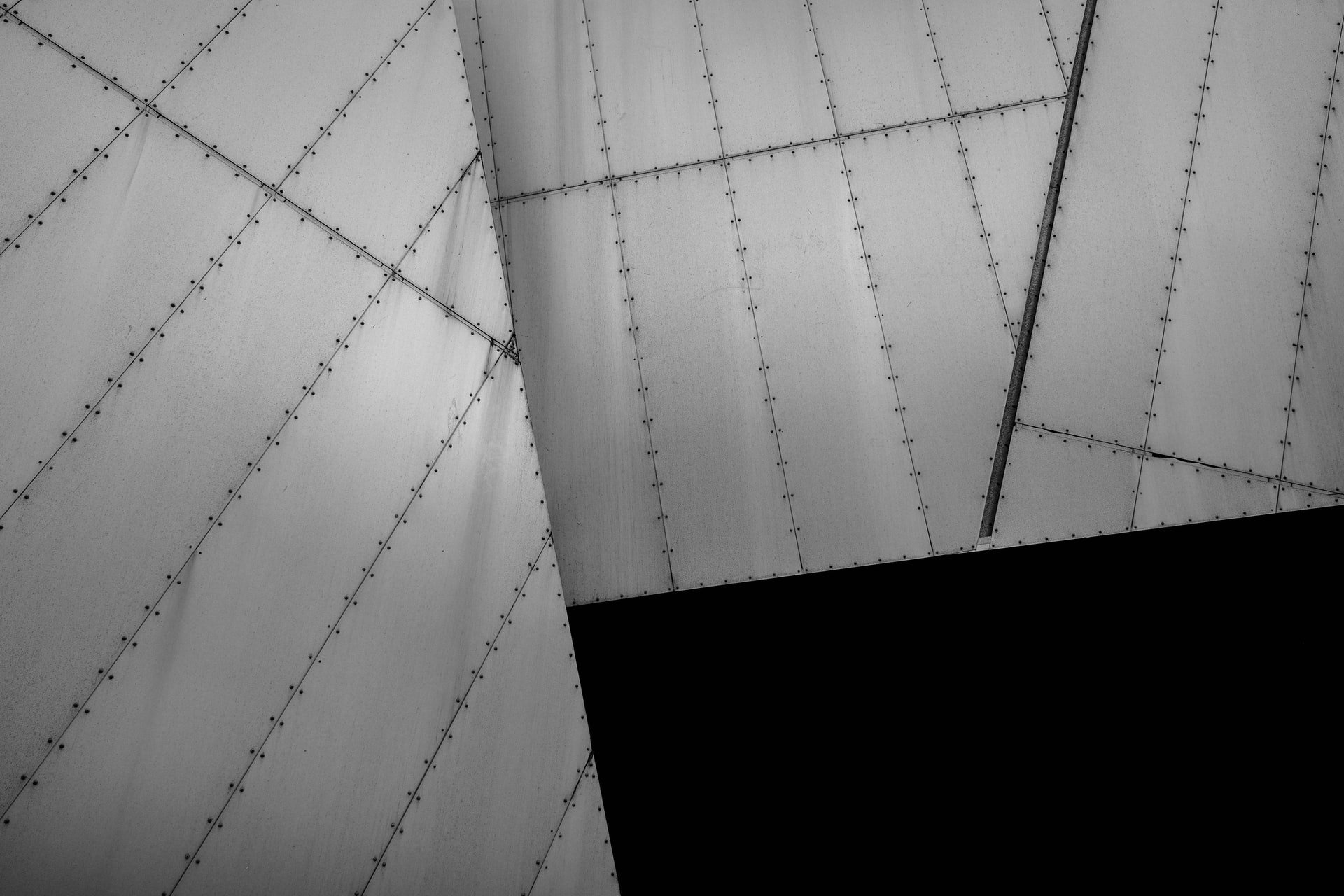
Traditional galvanisation and newer hot zinc spray technologies are standard anti-corrosion treatments for vulnerable metals. However, they may not always be desirable or even necessary. Several other corrosion-resistant treatments are found in the form of coatings. The suitability of these will depend on several factors, such as aesthetics, convenience, cost and safety. The shape and size of the components, as well as the compatibility of different materials, all need to be kept in mind. Here we consider five of the most common anti-corrosion coatings.
1) Protective Paint
The most obvious solution, and also one of the simplest, liquid paints offer a wide range of properties, appearances and application methods. Polymeric topcoats are available with different specifications in terms of chemical resistance, stability, hardness, smoothness, glossiness and texture. Paint coatings offer superb anti-corrosive properties for a modest price and are one of GLW Engineering's favoured resources.
2) Powder Coatings
Powder coatings offer a similar range of benefits to paint and are also quite inexpensive. The main benefit of powder over paint is that the anti-corrosive layer can be applied more thickly without repeated applications. Thicker layers add increasing protection against corrosion in the harshest environments. The downside of this is that layers of powder coatings are bulkier and therefore less suitable for finely textured forms. At GLW, we recommend either paint or powder depending on the nature of the material and the expected operating environment.
3) Anodisation
Anodisation involves submerging the item for treatment in an acid bath, as an anode in an electric circuit. The application of an electric current provokes oxidation on the surface of the component, creating a protective layer. The thickness of this layer will determine the level of corrosion resistance. In the anodising process, the eventual thickness depends on the connection time and varied results can thus be produced for different applications.
4) Plasma Electrolytic Oxidation (PEO)
PEO is a similar electrochemical process to anodisation, that transforms the surface of a metal by generating an oxide layer. Objects are submerged in an electrolyte bath, usually a dilute alkaline solution. An electric current is applied with the object serving as one of the electrodes. This stage of the process, which generates oxide, is similar to anodisation, but with higher potential. The higher current leads to discharges, resulting in plasma reactions which modify the oxide as it grows. There are numerous effects of this, most importantly the development of crystalline forms, which are very hard and resistant to impact damage.
5) Chromate Conversion Coating
One of the most effective techniques for producing corrosion resistance, chromate conversion treatment, is now very rarely used because of its carcinogenic effects. The process involves the application of chromic acid, which provokes a surface reaction leaving a highly corrosion-resistant film. The process is tightly regulated or banned in most industries.
Next Steps
At GLW, we offer a contract powder coating service for a range of components, vehicles and machines, and incorporate a range of anti-corrosion surface treatments into our metal fabrications. To discuss your requirements with one of our team, please call 01945 464637 today.
Image source: Pixabay


